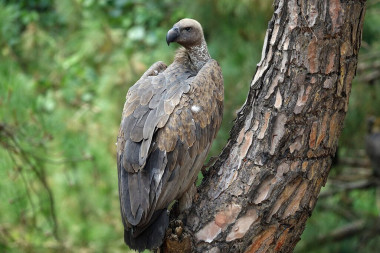How a Crisis for Vultures Led to a Human Disaster: Half a Million Deaths | The birds were accidentally poisoned in India. New research on what happened next shows how wildlife collapse can be deadly

There have been multiple accounts created with the sole purpose of posting advertisement posts or replies containing unsolicited advertising.
Accounts which solely post advertisements, or persistently post them may be terminated.